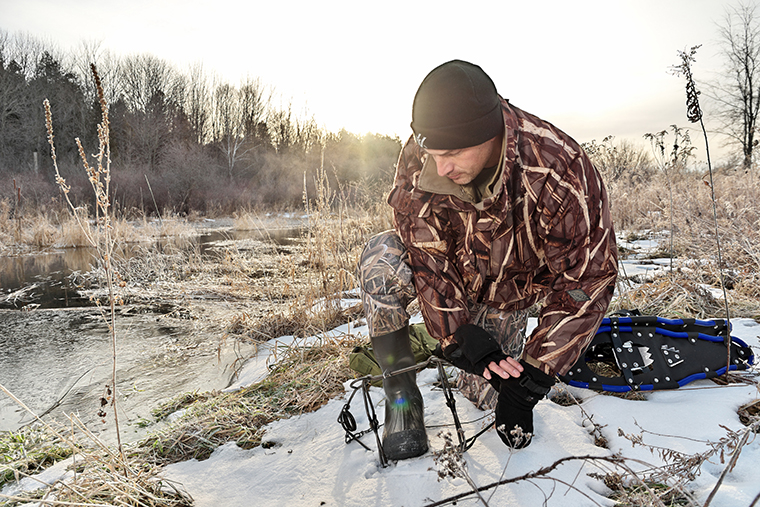
My friends and I grew up in the outdoors, fishing and hunting at every opportunity. In the Kenora area, where we were raised, we had vast, easily accessible forests and countless bodies of water to explore.
Even though we have fished and hunted our whole lives, we had little knowledge or experience with trapping.
Trapping has a long history in Ontario, and it’s something four of us (two men, two women) were interested in. So I started looking into how to become a trapper.
Getting a trappers license
In Ontario, every trapper is required to have a trapping licence.
To be eligible, you must be an Ontario resident, hold a valid hunting version Outdoors card and successfully complete the Fur Harvest, Fur Management and Conservation Course.
The course is offered through the Ontario Fur Managers Federation, Union of Ontario Indians, Nishnawbe Aski Nation, or the Grand Council Treaty #3 and is delivered by Ministry-licensed instructors.
Wherever you take it, the course involves 32 hours of classroom time and eight practical hours in the field.
You will cover the fundamentals of trapping. Including: how to be safe in the woods, to trap in a humane manner, survival skills, caring for pelts, and sustainable harvest practices.
We found the course to be a great learning experience. We (who consider ourselves hard-core outdoors enthusiasts) were humbled by the knowledge of our instructor.
The culture of trapping
Trapping is the oldest natural-resource-based industry in North America.
Over time, better harvesting methods have evolved, making the practice more humane than in the past.
Unfortunately, public attitudes toward trapping are mixed, with many people in urban areas actively against it. However, they often have little contact with the activity, or understanding of its ecological and cultural value.
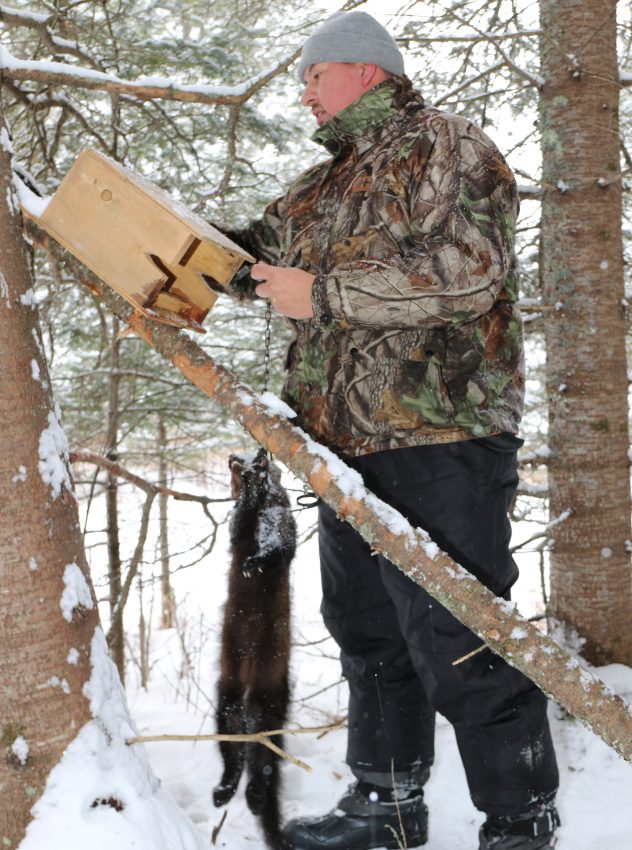
Thanks in large part to the trapper education course, the vast majority of trappers are professionals who are constantly looking for more humane ways to trap and take care of their pelts.
An added incentive is that the best pelts receive the highest prices. Many of the furbearing animals trapped in Ontario produce more offspring than the habitat can support.
When populations are not managed through harvest, then starvation, disease, and predation can negatively influence these numbers. Or, there can be damage to habitat and personal property.
Examples include beavers wreaking havoc on roadways and agricultural areas, and furbearing predators preying on domestic pets and livestock.
Trapping is an activity enjoyed by many who are simply looking to enhance their outdoor experience. It’s important economically for those who make their living at it.
In Ontario, trapping is a multi-million dollar industry, particularly important for northern and First Nation communities.
I like to get out with Kelly when I can to give him a hand. It was fun taking the course. The four of us learned a lot about being in the woods and the animals that inhabit them.
Our instructors
Jason Kelly, both a friend and a Treaty #3 police officer in northwestern Ontario, agreed to run us through the trapping course over a couple of weekends.
This included accompanying him on his trapline on Lake of the Woods, and observing as he checked and set traps for a variety of animals.
We were grateful to Kelly, as teaching is not something he does regularly.
Over the course of the average winter, he spends a few days each week tending his line, and many weekends at his trapper’s cabin.
Aboriginal people have a long history of living and trapping around Lake of the Woods. It’s a significant part of their culture, so we really appreciated learning Kelly’s perspective of the land and the animals.
The lynx is his family’s symbolic animal. So, while there is a trappable population of lynx in northwest Ontario, he doesn’t trap them out of respect for this species.
It was great to see the pride this man has for his trapline and the area.
He takes a lot of care maintaining the trails. Keeping them open after snow storms, and trimming out limbs and branches as they come down, all the while leaving little evidence that he has been there.
Trapline
A registered trapline is a preset route on Crown land. This is where trappers are granted a licence to set their traps. The rights to these lines are managed by the MNRF. Trapping rights for many lines are passed down through families. Trappers can also trap on private land, as long as they have written permission from the landowner.
Into the field
Kelly’s trapline has been passed down through his family and only he has the rights for. It covers over 900 square kilometres.
It’s in an uninhabited area surrounded by Lake of the Woods with no road access.
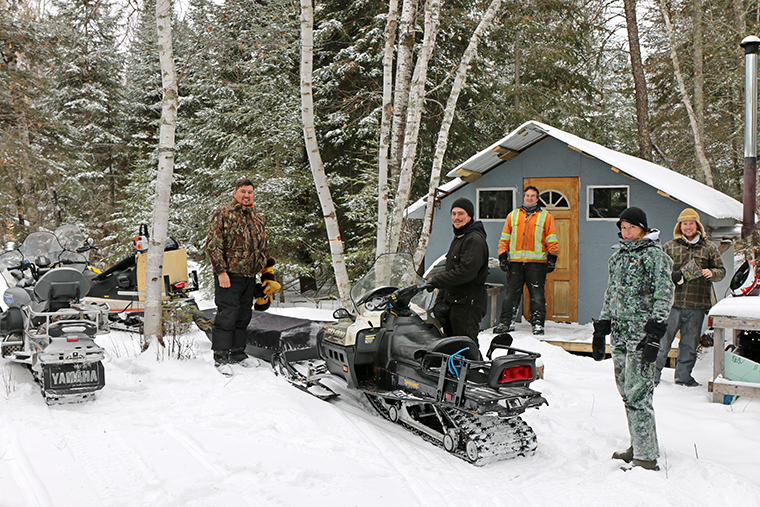
Most traplines in Ontario are spoken for. But they do come up for grabs every so often as people grow older or lose interest in keeping them up.
There are quotas that need to filled on traplines. If they aren’t met the lines can be given on to someone else. The best way to find out about open traplines is to contact your nearest Ministry of Natural Resources and Forestry office.
Our trips to Kelly’s line involved meeting early in the morning and unloading snowmobiles that we used as transportation.
Since we were going to be travelling over 100 kilometres, it was important to have reliable machines. Especially because much of the area we were to travel through offers no cell service.
Trapping is solitary work, and if you get into trouble, you’re pretty much on your own.
It’s crucial that every trapper has a friend or loved one who knows the line. This is so they have an idea of where to look if the trapper doesn’t return home on schedule.
After a brisk ride across the frozen lake and over several portage trails we arrived at Kelly’s first stop.
He had set a bunch of traps prior to our coming out in hopes that we would be able to see some catches and get to reset traps.
As we approached the first trap it became apparent that something had gone for the bait. With some instruction, we removed a fisher from the trap, re-baited it, and were off to the next stop.
Over the course of the day we checked numerous box traps and wolf snares.
Kelly considered it a successful run. He’d caught several pine martens, one of the most valuable animals in our forests for trappers, as well as a few fishers.
We could see by tracks in the snow that wolves had approached a few of his snares, but managed to evade capture. This is not uncommon, according to Kelly. He says wolves are some of the smartest animals in the woods and the toughest to catch.
It was interesting to see how he set the wolf snares just off the ground along trails showing old tracks. He was careful not to step on their tracks and he wore gloves to leave as little scent as possible.
We arrived at the trapper’s cabin, located on Crown land in the middle of nowhere.
When a person obtains a trapline they are permitted to build a small cabin somewhere along that line. Typically, this is a basic structure that provides cover from the elements and stores gear.
Most trappers don’t lock these cabins in case someone ever needs to find shelter from harsh weather.
We started a fire and the small building quickly warmed up, which was a welcome relief for everybody.
The cabin has a set of bunk beds, a table, and a bunch of shelves filled with trapping and safety supplies.
We made coffee and heated our lunches. Then we were hitting the trails again to check more traps along a different route towards home. Over the course of the day we were able to see how Kelly sets his traps (mostly humane, fast-killing, body-hold traps), chooses the locations of traps for different animals, and selects baits and scents. It was all impressive.
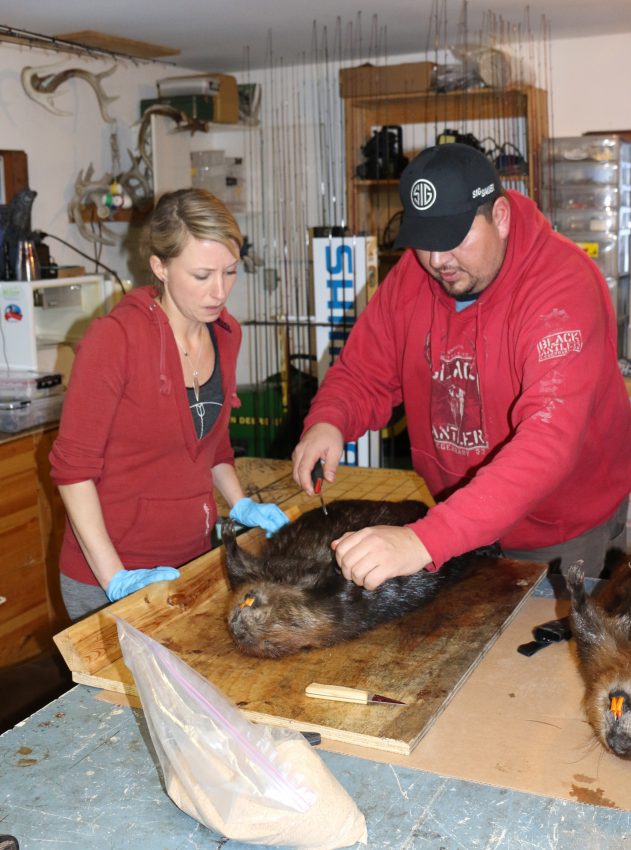
Trapping in Southern Ontario
Barry Dart lives in the Peterborough area and earned his trapper’s licence about eight years ago, though he’s always lived an outdoors lifestyle.
“I took the trapping course with my son and we got our licences at the same time. It was something we could do together.”
Dart jumped right into trapping, and is mostly self-taught.
“That first year I spent the early fall knocking on farmers doors looking for permission to trap. I ended up acquiring over 10,000 acres and had over 120 traps set between land and water that first season.”
Today, Dart holds permission to trap on over 20,000 acres of private land in the Peterborough and Aurora districts.
Dart says he spent about $1,200 getting set up, and likely now has about $4,000 invested. He thinks a trapper could get started for as little as $425 by purchasing a kit from the Fur Harvesters, but says $600 to $800 is a realistic amount in order to have enough traps.
Used traps are almost nonexistent, and when they are available, you need to be sure they aren’t worn out.
Skinning knives and fleshers are another expense, though stretchers can be made cheaply from scrap wood.
Dart says his income depends solely on market prices, which fluctuate from year to year. He advises new trappers not to quit their day jobs.
The Fur Harvesters offer a report projecting market performance, which Dart uses to target those animals forecasted to bring the best prices.
For Dart, trapping is a good reason to get into the woods, and his goal is to cover expenses.
“Although fur prices remain low, I enjoy organizing myself each fall to get out and lay steel. Trapping is in my blood now and I just love being out there.”
Dart’s most memorable catch happened several years ago.
“It took me a couple of years before I was able to trap my first mink; those little critters were tough to figure out. Eventually, I came up with my own homemade lure made from fish oil and my own mixed bait and have become very successful trapping mink.”
In addition to mink, Dart traps fishers and otters, and does nuisance removal of coyotes and beavers for landowners on private property.
Dart says there is a real need today for trappers who can help out with wildlife issues.
But he cautions, “When you approach a landowner and get permission in writing, you need to make sure no other trappers are using that land. Fur managers insist that private land is re-signed every five years.”


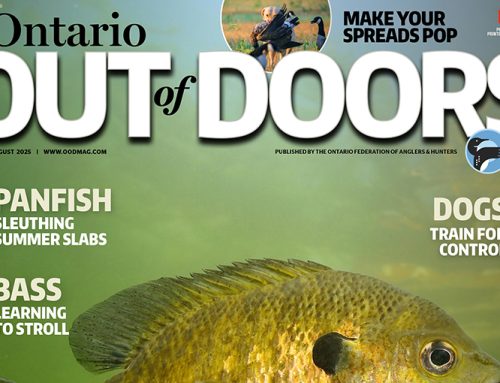
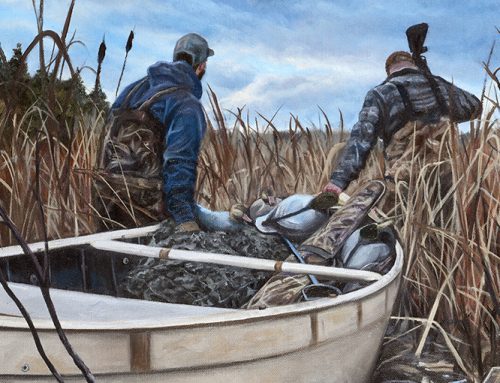
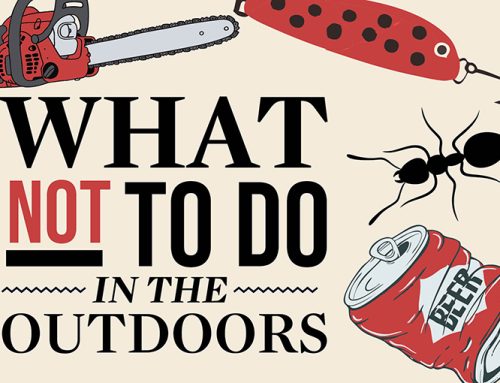
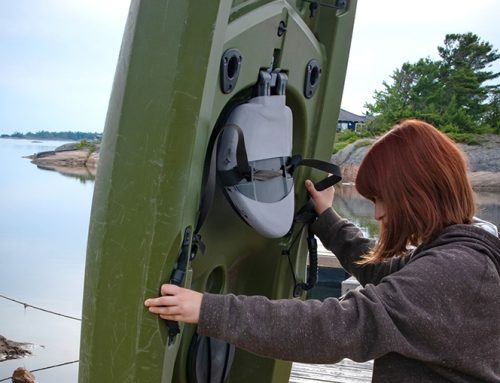
All sounds well and good. Until you find out like I did, that it was not allowed to trap rabbit in WMU 50. Do your research before you get your hopes up.